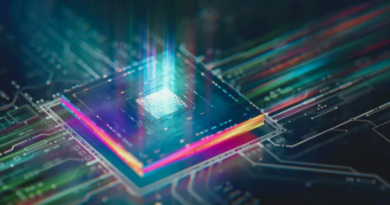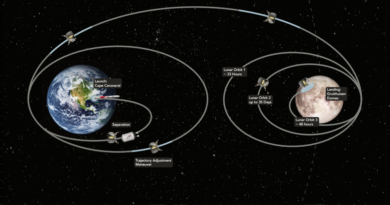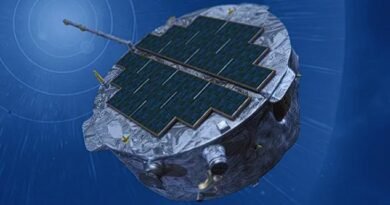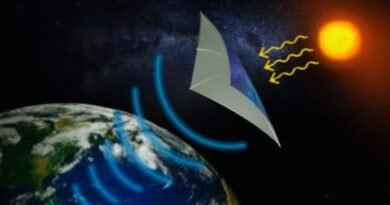NASA’s Voyager 1 Probe Silent for 3 Months, Facing Uncertain Fate
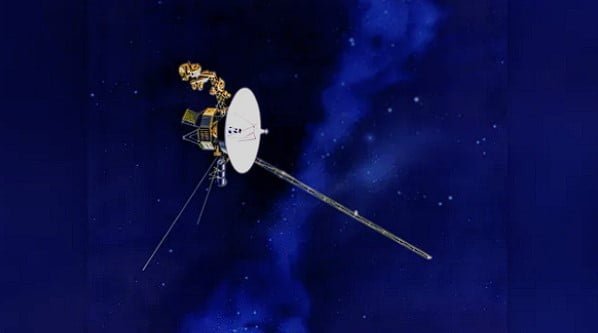
NASA’s Voyager 1 probe, silent for three months, awaits a potential ‘miracle’ as experts scramble to restore communication, highlighting the urgent need to rescue one of humanity’s most iconic space missions.
A communication glitch is currently hindering NASA’s Voyager 1 probe, the farthest spacecraft from Earth, from transmitting crucial data back to Earth, sparking concerns among mission scientists about its recovery. Voyager 1, a cornerstone of NASA’s enduring space missions, is grappling with a communication malfunction, leaving the mission team anxious about the spacecraft’s fate. Engineers are working tirelessly to resolve a computer error impeding data transmission, but the challenges posed by software limitations and vast distance present formidable obstacles.
Since November 14 of the previous year, NASA officials revealed that Voyager 1, voyaging through interstellar space over 15 billion miles from Earth, has encountered difficulties in relaying data collected by its scientific instruments. While the spacecraft seems to be receiving and executing commands as usual, assessing its status comprehensively is hindered by the communication glitch, leaving the California-based support team in suspense.
“It would be the biggest miracle if we get it back,” remarked Voyager project manager Suzanne Dodd in an interview with Ars Technica. Launched on September 5, 1977, Voyager 1 has been journeying away from the sun at approximately 10.5 miles per second, achieving the milestone of entering interstellar space in 2012 as the first human-made object to do so. Today, it holds the record as the farthest human-made entity from Earth.
Voyager 1 transmits data using its flight data system. Yet, an apparent glitch in its telemetry modulation unit (TMU) has led to the transmission of repeated strings of zeros instead of the standard binary code for several months. Repairing the malfunction is proving challenging due to the spacecraft’s age and distance from Earth. With a 45-hour delay for each command response, coupled with outdated technology and analog documentation, rectifying the issue requires meticulous effort.
“Voyager 1 was built by the people who are not alive anymore, We do have a reasonably good set of documentation, but a lot of it is on paper, so you do this archaeology dig to get documents.” While uncertainty looms over Voyager 1’s fate, NASA’s Voyager 2, its twin spacecraft, has continued maintaining contact with Earth since crossing into interstellar space in 2018. Additionally, NASA’s New Horizons probe is poised to exit the solar system entirely by the 2040s.



